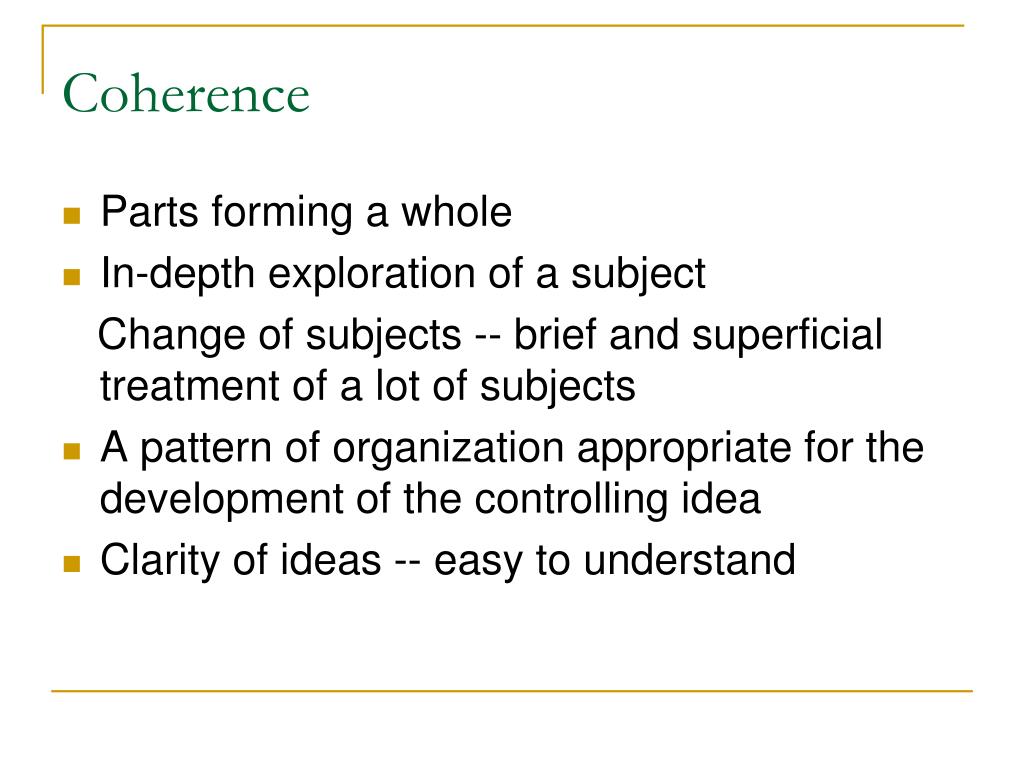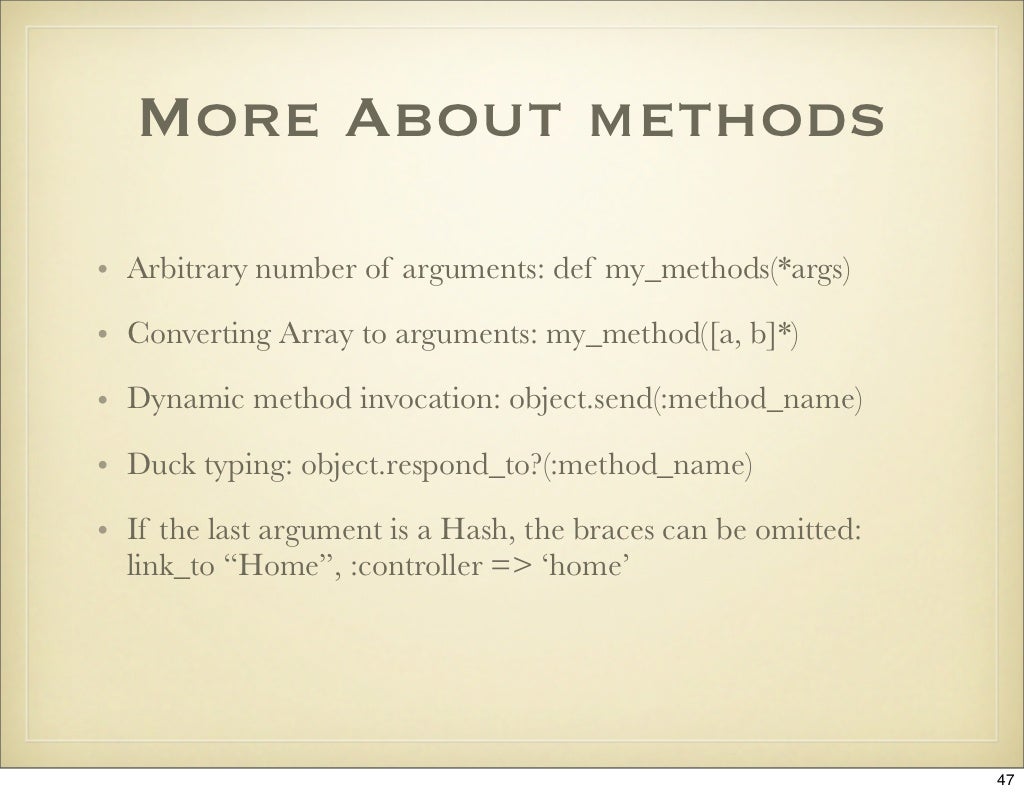


2) AnchoringĪnother principle of behavioral economics is anchoring. Anchoring consists of a numerical amount one will assign a value to that will continue to serve as the price comparison regardless of how logical it is. It will, in short, be the constant standard or starting point.Īs Dan Ariely explains in his 2008 book “Predictably Irritational,” anchoring itself often is quite random, so much so that it is also referred to as “arbitrary coherence.”Īn example of anchoring that Ariely points to is that of relocating to a new city and comparing housing prices. In fact, both systems are often at war with one another, and the automatic system can easily dominate the reflective system in the decision-making process. What is interesting is when both systems are applied. Voters, for example, will often use their reflective system to make decisions. Thaler’s 2008 book “Nudge,” they define two different systems of thinking that all humans have: the automatic system and the reflective system (see pages 39-30). There are a few key principles that make up the basis of this theory: 1) The Automatic System and the Reflective System In essence, it combines the fields of psychology and economics to develop a more realistic model of human behavior when applied not only to the world of economics, but to every aspect of life itself. It looks into the way people really think and make decisions, breaks down the overarching patterns and trends, and then can be used to change people’s behavior. To gain satisfaction, a thorough exploration of all the available options will be conducted. In addition, the decisions which are made are supposed to be founded in and to demonstrate rationality.īut according to behavioral economics, people don’t really behave this way. We don’t always make decisions to maximize our utility. We are most often quite irrational and illogical in our decision-making.īEworks, a behavioral economics organization, explains that behavioral economics “offers the scientific insights of psychology and the scientific method of experimentation to people in the business of changing behavior.” Behavioral Economics: A DefinitionĪccording to traditional economic theory, any decision a human being makes is for one reason only: satisfaction. This is referred to as “maximizing utility.” Utility, in this case, focuses on the end gain of the action one may embark on. There is a deep and deliberate methodology behind this. It’s called behavioral economics, and it’s a popular field of study that is being applied everywhere today, from marketing and advertising companies to organizational development firms and nonprofits like the World Bank.

Have you ever wondered why investment companies have automatic renewals for 401Ks? Or why gyms are deliberately designed for people not to show up? Or why charities provide you with suggestions when you are making a donation (for example, $50, $100, or $150) instead of just letting you donate as much as you feel called to?


 0 kommentar(er)
0 kommentar(er)
